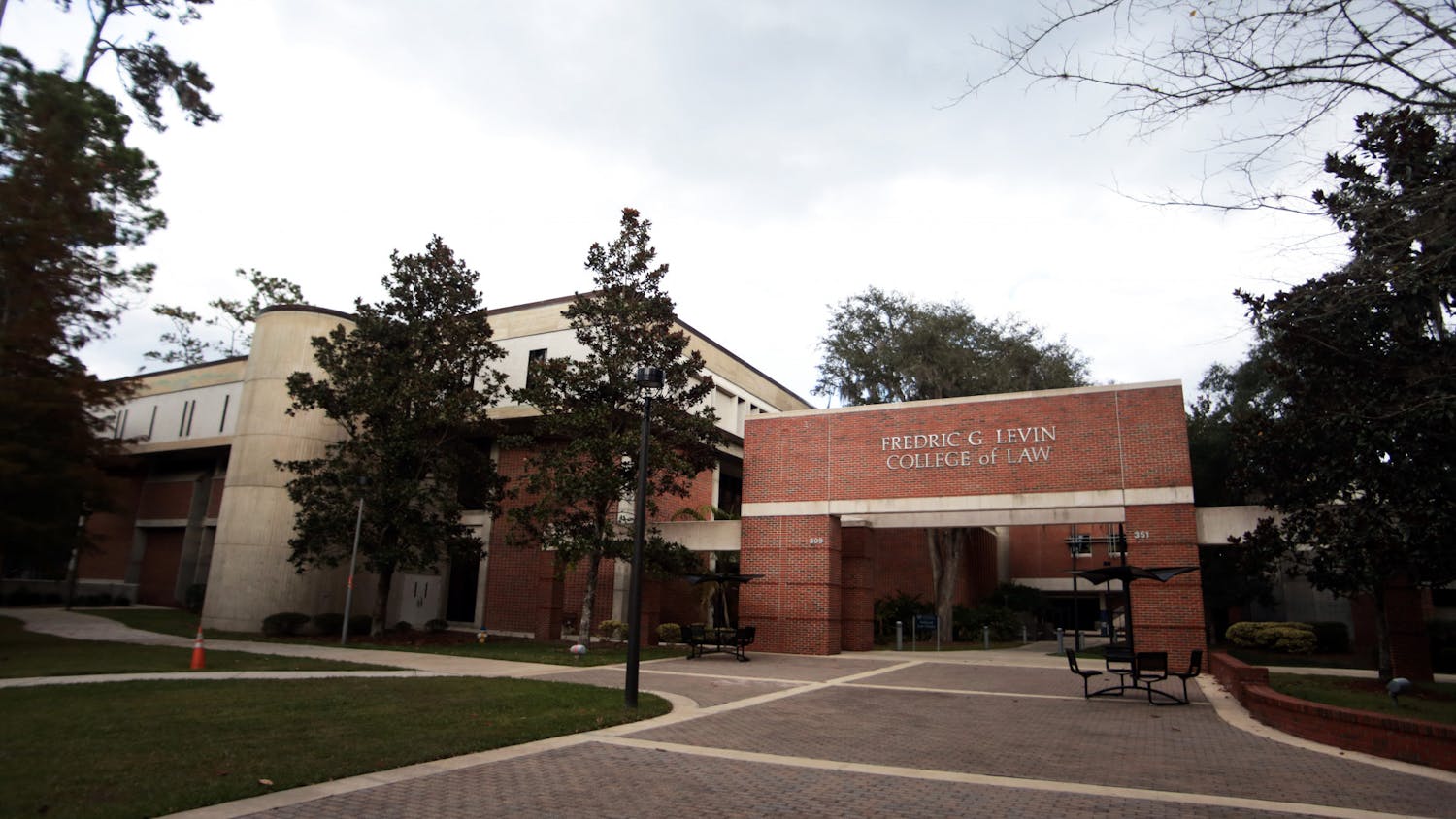If you don’t remember the PBS Kids show “Arthur” from your late ’90s-early ’00s childhood, you might be more familiar with its surge into internet culture around fall 2016, in which the most ubiquitous image was Arthur’s curled fist. To the average person in their 20s, the mention of “Arthur” nowadays offers a chuckle and a flash of nostalgia. But if we take a look back and really think about the adventures of our favorite aardvark and his friends, we find that “Arthur” has a lot more to offer.
In addition to the usual lessons of children’s television programming, “Arthur” stood out by having a surprisingly diverse cast. No, we’re not just talking about the fact that there were different animals. Instead of a uniform cast of middle class, culturally similar children, the characters of “Arthur” came not only from different cultural backgrounds, but also from different socioeconomic levels, religious identities and family situations. Additionally, “Arthur” also depicted a number of characters with disabilities.
“Arthur” is not the first nor the only show to do this, but a lot of other children’s programming falls flat. They showcase what is supposed to be a diverse cast, but the differences are shallow and never really explored. Everyone gets along without any conflict. The beauty of “Arthur” is the conflict. There are misunderstandings, clashes and misguided attempts to bridge these gaps. Arthur gets a Turkish pen pal, Adil, in one episode, and since the only knowledge he has of Turkey is from the in-universe Indiana Jones equivalent, he makes very ignorant assumptions about Adil’s life. Throughout the episode, Arthur realizes where he is wrong and admits to Adil that he based his stereotypes on a comic book.
This pattern repeats throughout the series: Upper-class Muffy Crosswire is offended by the fact that her friend Francine (whose father is a sanitation worker) serves her leftovers for dinner. Prunella goes to great lengths to “help” her blind friend, Marina, do simple tasks, which makes Marina upset. The primary cast is concerned when Buster, whose parents are divorced, says he’s going to miss the Father’s Day picnic. They try to find a substitute dad for him, only to realize that Buster is fine with his real dad, thank you very much.
These conflicts all get resolved in the span of 11 minutes. What is particularly impactful, though, is the exact nature of some of them. There’s still the ones that stem solely from misunderstanding — Arthur and his pen pal, Muffy and the leftovers. But it’s interesting to note how many of them come from misguided attempts to reconcile the differences between characters. You can have all the best intentions in the world, but it’s not until you take a moment and really listen to the other person and what they want that you can truly understand them.
To quote the opening theme: “It’s a simple lesson.” We learned it as children, and children are still learning it (“Arthur” still runs, folks, though now it’s switched to flash animation). But it seems we forget this sometimes. The cast of “Arthur” is diverse, but its characters aren’t perfect. In the end, they learn to listen to one another, take pride in their own identities and learn from others, and (quoting the theme song again) “to work and play and get along with each other.” It’s a message common in a lot of children’s media, but “Arthur” takes it and explores it more complexly. We should remember this. Diversity is not cookie-cutter, nor is it easy, but by keeping open minds and listening to our peers, we can all learn to get along with each other.





